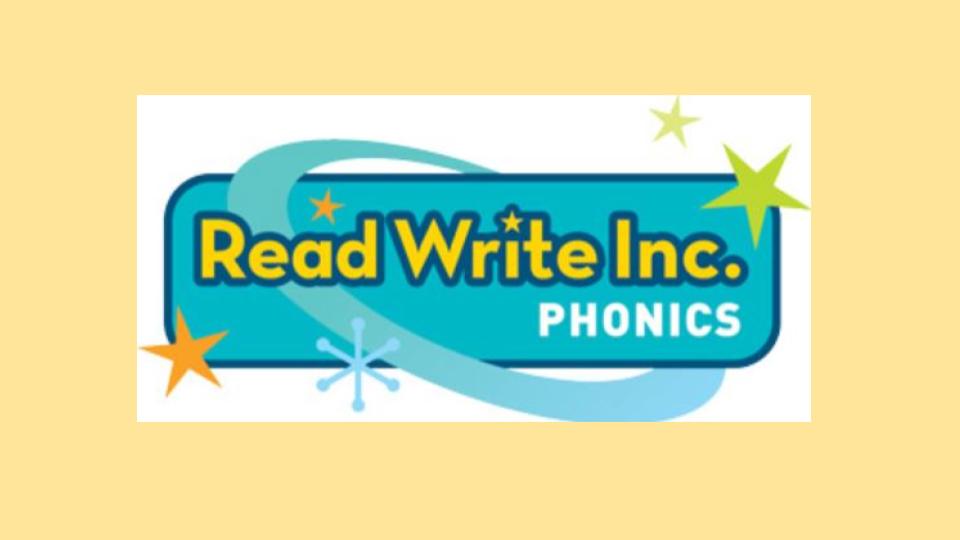
At King’s Academy Rowner, we use the Read Write Inc. synthetic phonics programme.
In our teaching, we teach phonemic awareness which is the ability to hear, identify and manipulate phonemes (smallest units of sound). The aim of Read Write Inc. is to enable beginning readers to decode new written words by sounding them out (known as blending).
Reading is a key tool for life. Our curriculum enables our children to develop a life-long love of reading as well as be ready, at the end of each phase, for the next stage of their education. We aim for all children to become fluent readers, using their phonological knowledge, understanding of vocabulary and comprehension skills across all areas of the curriculum.
Reading is very important to us at Rowner; it helps us gain new knowledge, develop our imaginations and helps us relax.
How will my child be taught to read at Rowner?
We build on the phonics teaching your child received at the infants. Where required children will receive a small-group Read Write Inc. Phonics intervention. This session will focus on the speed sounds that your child is learning (set 1, set 2 or set 3) and then time on a storybook.
In class, the teachers read to the children using a book above their chronological age, so the children get to know and hear a diverse range of stories, poetry, and information books. They learn many more words when the reading is modelled to them this way and it also helps their writing. As parents, any time you can devote to reading aloud, sharing storybooks, and reading together regularly will make a huge difference.
Top tips for reading with your child
This is a simple sequence that can be used to support shared reading. When reading together, adults can pause and:
- Prompt the child to say something about the book;
- Evaluate their response;
- Expand their response by rephrasing or adding information to it; and
- Repeat the prompt to help them learn from the expansion.
For example, if an adult and child were looking at a page in a book about a zoo, the parent might point at a picture and say, ‘What is that?’ [prompt]. The child replies, ‘zebra’, and the adult responds, ‘That’s right [evaluation] – it’s a black and white stripy zebra [the expansion]; can you say, “stripy zebra”?’ [the repetition].
There are five main types of prompts that can be used as part of the PEER sequence. The prompts can be remembered using the acronym CROWD:
- Completion – leave a blank at the end of a sentence for children to complete (this works particularly well with books with rhymes or repetitive phrases);
- Recall – ask children about something they have already read (these prompts support children to understand the story plot);
- Open-ended – often with a focus on pictures in books (this works well with illustrations and encourages children to express their ideas);
- Wh – prompts that begin with ‘who’, ‘what’, ‘where’, ‘why’, and ‘when’ (‘what’ questions can be used to develop vocabulary); and
- Distancing – connects the book to children’s own life experiences and provides an opportunity for high quality discussion.
When reading RWI Storybooks with your child: Help your child to sound out the letters in words and then to ‘blend’ the sounds together to make a whole word. Try not to refer to the letters by their names. Help your child to focus on the sounds. You can hear how to say the sounds correctly at this link: https://ruthmiskin.com/en/find-out-more/parents/#lg=1&slide=2
Another very useful webpage, which answers FAQs and has a number of resources for home, can be found here: https://home.oxfordowl.co.uk/reading/reading-schemes-oxford-levels/read-write-inc-phonics-guide/
If you can find time to read to your child as much as p